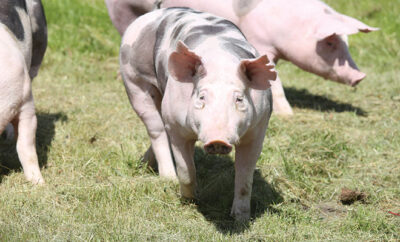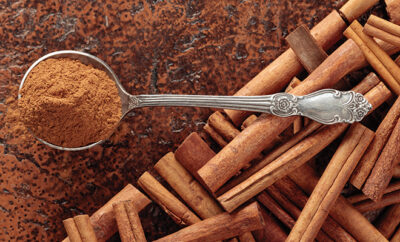
Yogurt by any name is good for you!
I’m always on the lookout for new snack ideas that are healthy and tasty. But especially as the weather turns warm, I keep coming back to one fail-safe standby: yogurt, the thicker the better.
Not everyone is a fan of this sour, tangy, fermented milk as a source of calcium and protein. Its history in the United States focused on decades of marketing that touted fruit, sweet flavors and sprinkles or granola.
Frozen yogurt became a thing in the 1980s, with TCBY promoting it as an alternative to ice cream. Close on their heels came Yoplait’s Go-Gurt®, packaged in a tube meant to be slurped without a spoon. Go-Gurt was designed to be frozen at night to pack in kids’ school lunches to thaw the next day.
A few years ago, the yogurt industry decided to expand on its market of moms who made grocery purchases by targeting the male demographic. The result: Brogurt. The portions are man-sized, with 25 grams of protein. Packaging is emblazoned with the brand name Powerful Yogurt and exhorts men to “find their inner abs.” Advertising companies promoted manly flavor concepts such as cigar, bacon and steak.
But the yogurt gender wars didn’t last. Today, consumers seem divided into two camps: those who prefer the thickened Greek-style yogurt versus those who prefer their yogurt less thick and often enhanced with fruit and flavorings.
With all the hype about yogurt over the decades, you have to wonder who first decided to use sour milk and tried to give it a go. If you’ve ever accidentally poured sour milk into a cup or over cereal, you’re got to feel empathy for those innovators who dared to experiment with it. Who were those brave souls who took the first step in storing milk in the heat of the day? Who actually tasted that first spoonful of thick, fermented milk and called it yogurt?
The practice of yogurt-making evolved in several cultures around the same time, about 10,000 BCE. As the Paleolithic era slowly evolved into Neolithic times, Stone Age hunters and gatherers began to grow crops and domesticate animals. The challenge faced by early civilization was that milk wouldn’t keep. It didn’t matter whether the animal involved was a cow, goat, water buffalo, yak or camel; there were no refrigerators, and pasteurization was an unknown process. People began to store milk in containers made of animal skin, stomach and intestine. These skins were populated with different kinds of bacteria that colonized the milk. As the bacteria grew, the milk thickened and the end product was yogurt. In the Ottoman Empire, the word yogurt was derived from words meaning tart, thick milk.
And it turned out that the bacteria in the milk were beneficial to the human digestive system. Turkish people used it to soothe abdominal upsets and treat sunburn. A Turkish sultan helped introduce yogurt to Europe in the 16th century, when King Francis I of France suffered from bouts of debilitating diarrhea. Sultan Suleiman the Magnificent, an ally of France, sent a Turkish doctor to treat the king with yogurt. The king was cured, and word got around. Yogurt soon became a staple, often used as a dessert served with fruit, honey and cinnamon.
Some people love making their own yogurt. Even if you don’t have a yogurt maker, the process is pretty simple. The only items you need are a half gallon of pasteurized milk (whole or 2% makes a creamier, thicker product, but you can use skim milk), a half cup of plain yogurt (make sure the label confirms it has “live active cultures”) and a heavy pot with a lid.
Heat the milk to just below boiling. If you have a candy thermometer it will register just under 200 degrees. Stir the milk regularly so it doesn’t scorch or boil over. This heating process is what will help the yogurt set up as a solid.
Take the milk off the heat and let it cool to about 112 degrees. Then temper the yogurt by stirring a few tablespoons of the warm milk into it. Add this tempered yogurt back to the pot. Put the lid on the pot, wrap towels around it, and set it in the oven with the oven light turned on. Leave it for four hours up to overnight. It will become thicker the longer it sits.
When finished, you can drain any liquid off the yogurt or just whisk it back in. Take out a half cup of the yogurt to make your next batch, if you wish, then store the yogurt in glass jars in the fridge. You can mix in fruit, spices, honey or other favorite add-ins.
Simple enough? Although you didn’t have to milk a goat, camel or yak, the basic process hasn’t changed since the Stone Age. HLM
Sources: downtoearth.danone.com, nutritionreviews.oxfordjournals.org, prophet.com and thekitchn.com.







